Tilapia aquaculture systems need barrier control measures
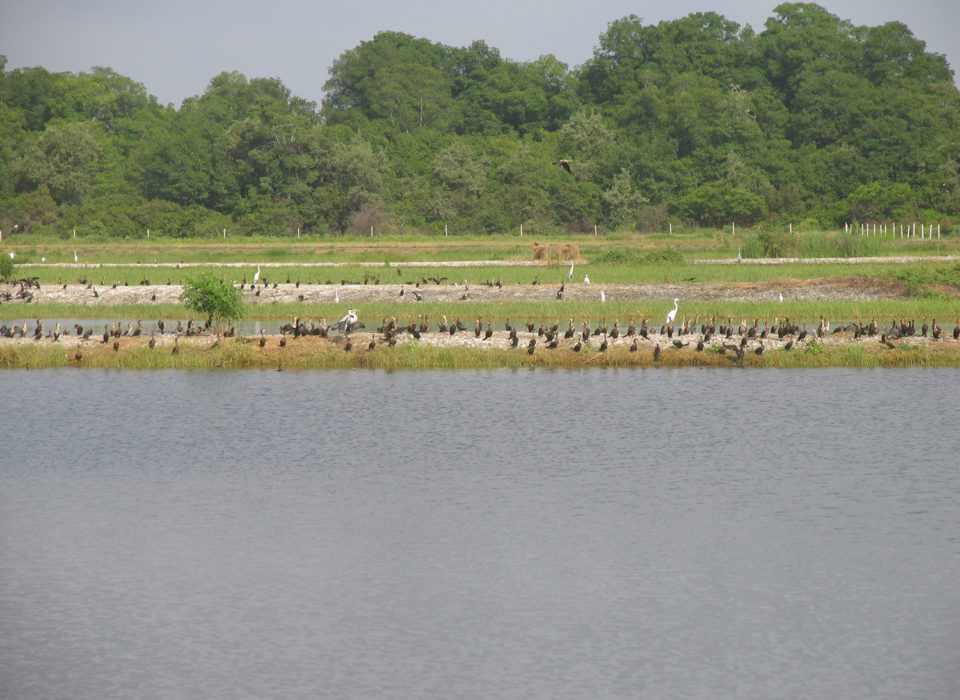
Bird predators can cause considerable losses for commercial tilapia farms. Many bird species (cormorants, wading birds, pelicans, and other species) pose issues and some can be more aggressive than others, depending on the location and type of farm. Because many bird species are protected by various state and federal laws, fish farmers must use mostly non-lethal techniques control bird predators.
Although much remains to be learned about managing and controlling bird damage to tilapia production facilities, farmers can optimize control efforts by understanding and considering the logic, costs and limitations of different techniques and by developing integrated strategies for their use. This article reviews the economic implications of bird predation in commercial tilapia facilities, and various control technologies used by the industry to protect its farmed fish.
Predatory birds
Predatory birds may cause damage fish or farm facilities directly, indirectly or both. Direct damage results when the fish is killed or seriously injured by the predator and is, therefore, lost from production. Indirect damage is highly variable and includes: non-lethal wounding of fish; chronic stress and its resulting reduction in health or feeding efficiency; pathogen transfer, including bacteria, viruses and parasites; and sometimes even physical damage to the animal enclosure system leading to escapement.
The loss of “disease free” status of a farm because of the introduction of an exotic pathogen by predatory birds can be much more significant and greatly exceed the value of any fish consumed by the predator. The overall damage by avian predators to a cultured fish population can vary greatly and be very costly, depending on various factors.
Both juvenile and adult tilapia are very vulnerable to avian predators. Red tilapia, for example, typically swims just under the water surface where they are easily seen by birds. The culture of red tilapia in large ponds may not be possible without covering the ponds with costly netting covering or shooting the birds, many of which are protected by law. Small ponds, raceways and cages used to intensively culture red tilapia are easily – although usually expensively – covered with netting and bird predation can be eliminated.
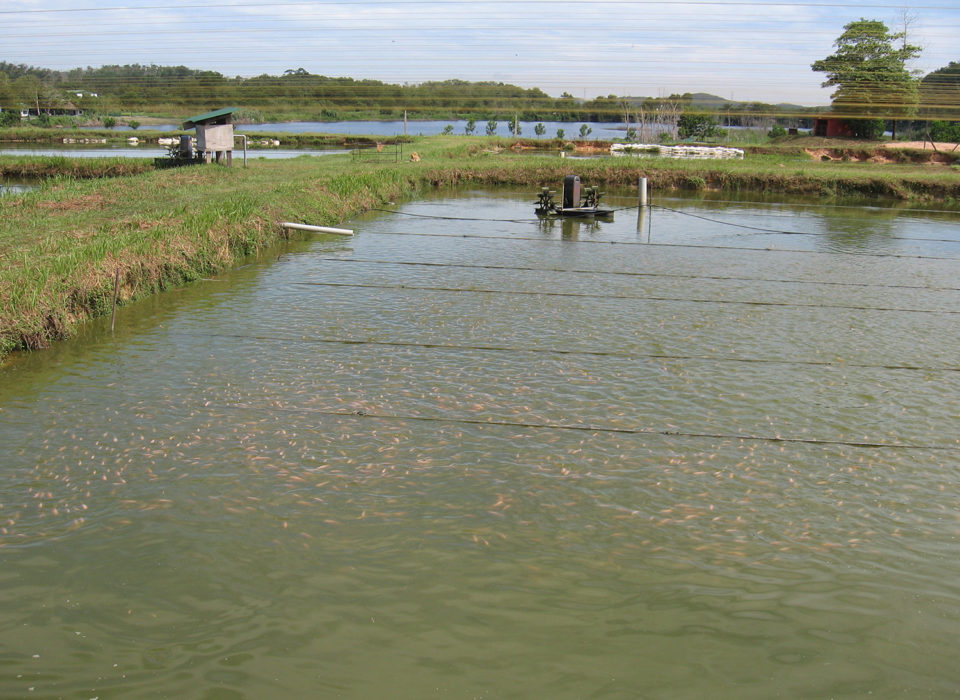
Adequate knowledge of the negative effects of any given predator at aquaculture sites requires an assessment of the predators’ population biology, feeding behavior, aggressiveness, migratory movements and of effective control measures. Two bird species that cause major problems to tilapia farmers are the double-crested cormorant and the great blue heron.
The cormorant is a diving bird that captures the fish by diving and swimming after them. Once cormorants find a good feeding site – like an aquaculture pond stocked with thousands of fish – they will tend to remain through the winter unless cold weather forces them to migrate, such as is the case in semitropical latitudes, as in Ecuador. Cormorants are especially devastating to fingerling tilapia, but they will eat and injure larger fish, as well.
The great blue heron is a shoreline wading bird that stalks and spears fish in shallow water. Herons generally fish alone or in small numbers rather than in flocks, and will stay in the same area throughout the year unless cold temperatures force them to move elsewhere. Herons also primarily prey on fingerling fish, but they will eat or injure larger fish.
The cattle egret is another “wader,” and it causes little direct harm to tilapia growing sites, yet is frequently found in the vicinity of farms. The small yellow-billed white egret is most often found in flocks foraging for terrestrial invertebrates in pastures or on pond dikes. It does not normally take aquatic organisms. However, it may attract in other heron and egret species.
Barrier control measures
Two types of physical barriers can be used for controlling bird predation at aquaculture facilities; complete enclosures (which totally exclude predators from gaining access to cultured stocks), and partially covered systems (which interfere with predators’ feeding behavior).
The design of some successful tilapia farms in Latin America exceeds the standards of the industry not only locally, but internationally as well. The surface area destined to each part of the cycle is accurately planned in terms of number and size of each unit. The admirable operating performance of some of these farms is the result of important infrastructure investment in the stages of reproduction, nursery, acclimation and pre-growth, such as bird netting, to prevent avian predation of birds like egrets, herons and seagulls.
This practice is not very common in the tilapia industry, due to high investment costs to set up the netting, which can be valued at $400,000 to $750,000 for farms covering a few hundred hectares. Such investments definitely reflect as a solid return when the production numbers are analyzed at the end of each stage, particularly the survival rates.
Another alternative to partially cover raceways and ponds is to use heavy-gauge monofilament lines or high-tensile galvanized or stainless-steel wires suspended horizontally in a grid pattern or in one direction over the water’s surface.
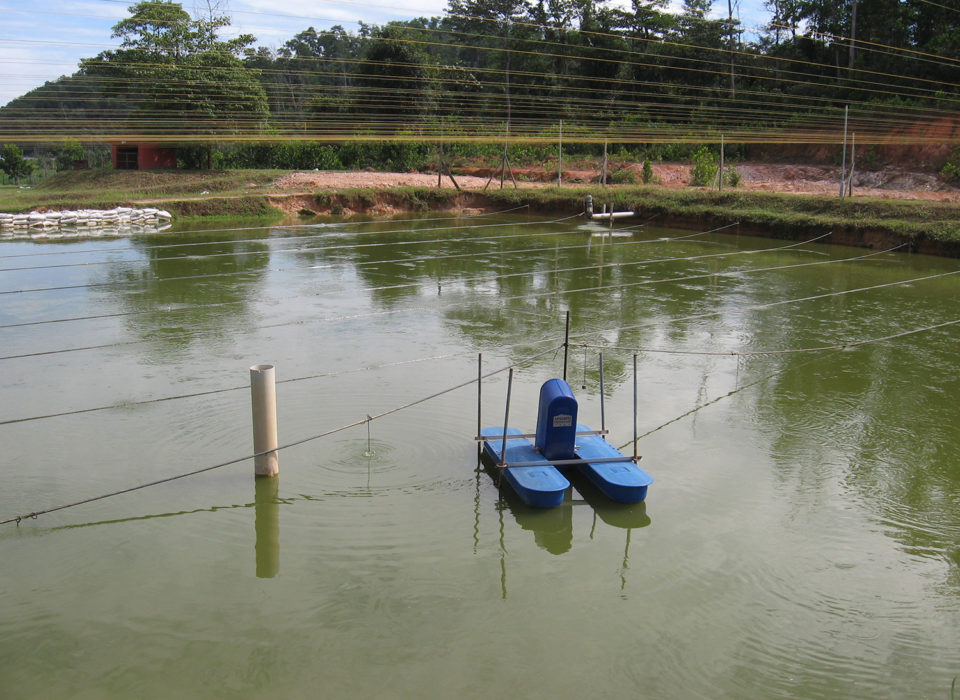
Overhead line/wire systems are effective against flying predators like gulls, cormorants and ospreys, rather than against wading birds. Overhead line/wire systems, like total exclusion systems, are impractical for large ponds due to the difficulties of spanning large distances. Another problem is that birds may learn to avoid the overhead lines/wires. Aside from replacing an occasional broken wire and maintaining adequate wire tension, overhead line/wire systems typically require little maintenance.
Wires or perimeter fencing around ponds or tilapia raceways can provide some protection from wading birds, although birds usually learn to avoid these obstacles. These systems are largely ineffective against flying predators. For ponds, fencing that is at least three feet high should be constructed in water that is two to three feet deep. Small fish may be prevented from entering the shallow water by constructing the fence with a small mesh material, although this may require the removal of algae buildup from time to time.
The erection of inward-angled or vertical barriers typically made of plastic netting, chicken wire, or monofilament lines, around ponds or raceways can prevent predators from foraging from the edge of a holding structure or from entering raceways and ponds from the side. Wading birds typically prefer to land on solid ground before wading into the edge of ponds. Fences should be high enough to prohibit feeding from the wall.
The use of electric fences has had varying success, largely depending on the design of the culture facility and the type of bird species involved. Electric wire/fencing of the type specifically designed for agricultural fencing applications is placed around the perimeter of ponds and/or raceways. This method is more effective than non-electrified wires/fencing, because birds cannot push against the wires/fence.
In another alternative, electric wires may be strung on supports that suspend them over the water’s edge near the natural shelf that often forms in shallow areas of the pond margin. This discourages wading birds from feeding on fish while walking along the shelf, but if pond bottoms slope too gradually from the bank, wading birds can still fish on the water side of the fence. This technique is most effective against wading birds. Also like perimeter fencing/wires, birds may learn to avoid these obstacles. This system is ineffective against gulls, cormorants and pelicans that typically fish in the central areas of ponds. Other problems include maintenance and preventing the system from becoming grounded, commonly caused by blowing debris and interference from vegetation.
Now that you've reached the end of the article ...
… please consider supporting GSA’s mission to advance responsible seafood practices through education, advocacy and third-party assurances. The Advocate aims to document the evolution of responsible seafood practices and share the expansive knowledge of our vast network of contributors.
By becoming a Global Seafood Alliance member, you’re ensuring that all of the pre-competitive work we do through member benefits, resources and events can continue. Individual membership costs just $50 a year.
Not a GSA member? Join us.
Author
-

César C. Alceste, M.Sc.
Consultant – Tilapia Production, Processing & Marketing
Miami, FL USA[109,111,99,46,108,111,97,64,101,116,115,101,99,108,97,117,113,97]
Tagged With
Related Posts
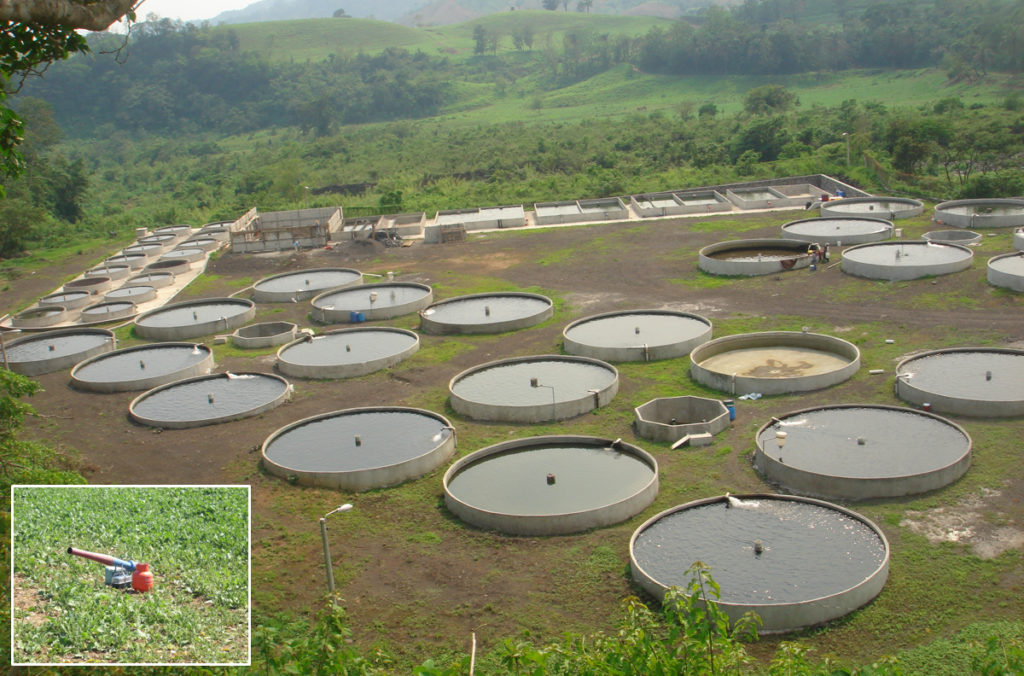
Health & Welfare
Advice for managing predatory birds, part 2
A look at economic implications of predatory birds on commercial tilapia facilities, and the various control technologies – mostly non-lethal, such as frightening techniques – used by the industry to protect its farmed fish.
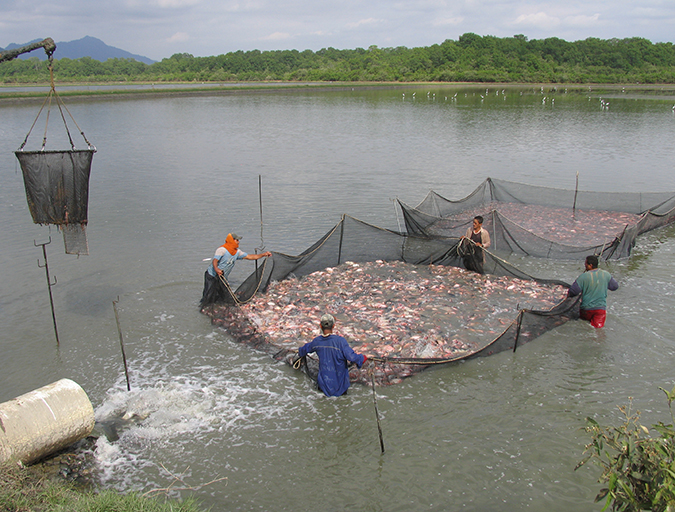
Responsibility
Addressing safety in Latin America’s tilapia supply chain
Over the last decade, the experience gained by many tilapia farmers combined with proficient programs implemented by local governments have significantly improved tilapia production in various Latin American countries like Colombia, Mexico, Ecuador and other important tilapia producers in the region.
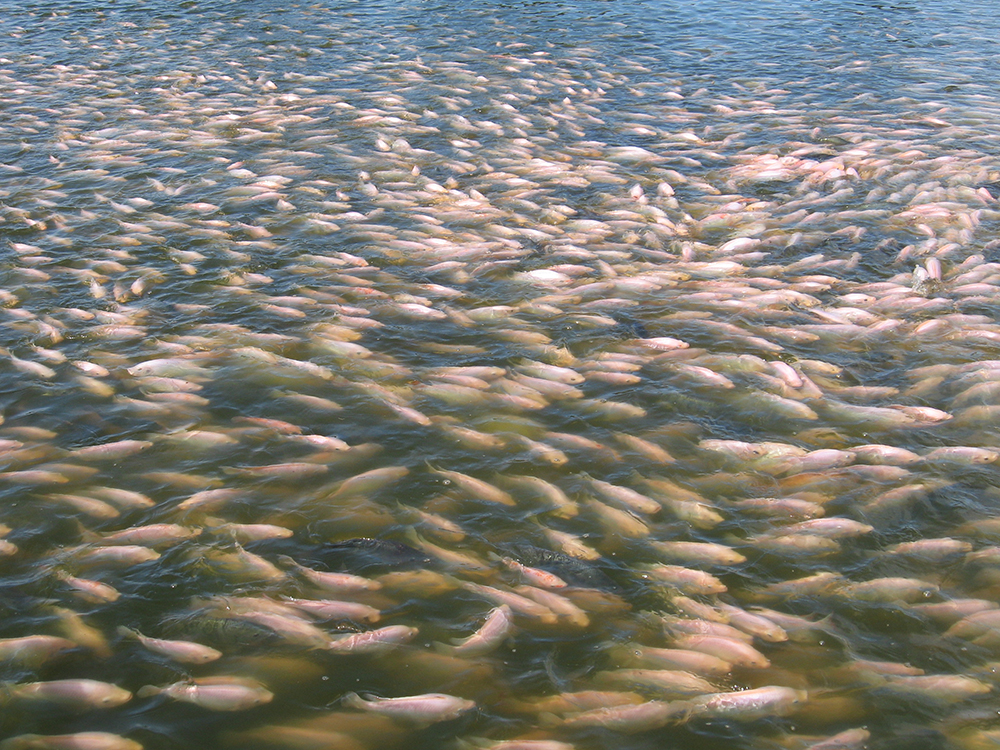
Intelligence
Considerations for tilapia farming in saltwater environments
Tilapias are farmed in a variety of production systems, but mostly in freshwater and low-salinity waters. But tilapias are an excellent candidate for aquaculture in brackish- and seawater because they can tolerate a wide range of water salinity.
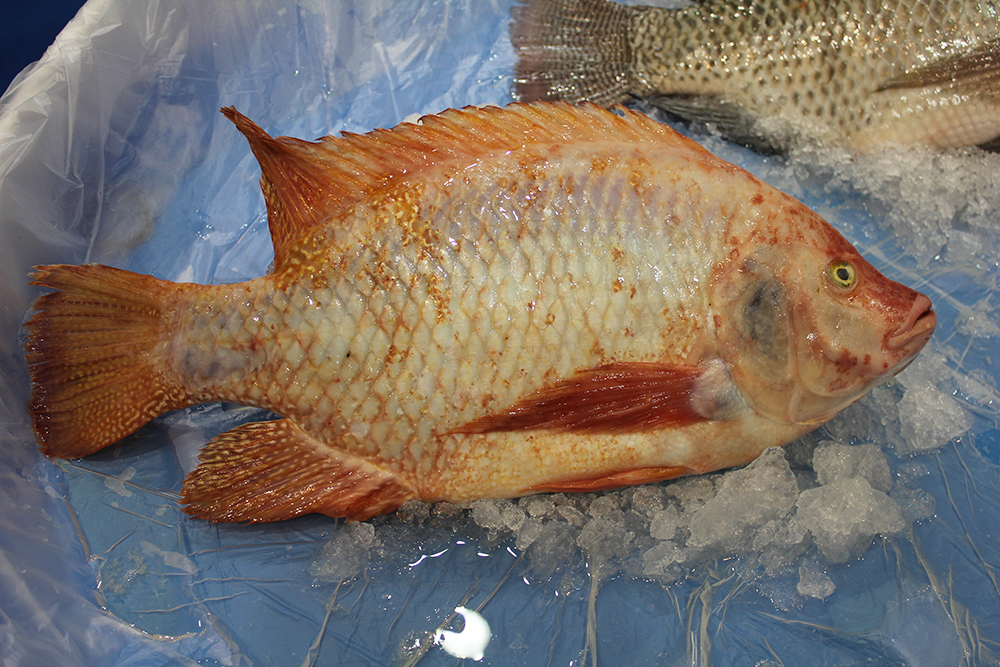
Intelligence
Adding value to tilapia to tap into U.S. market
New markets for tilapia and expansion of existing ones can be created by planning and implementing properly designed geographic strategies to meet discriminating consumer preferences. Low labor costs in most producing countries promotes value-adding by the production of fresh fillets.


